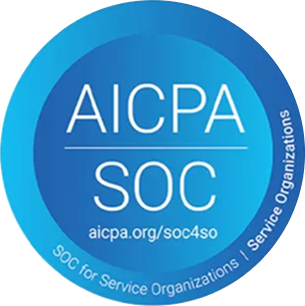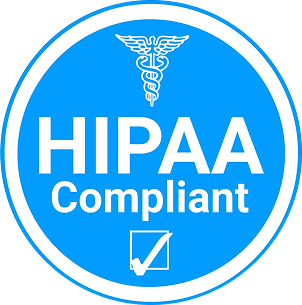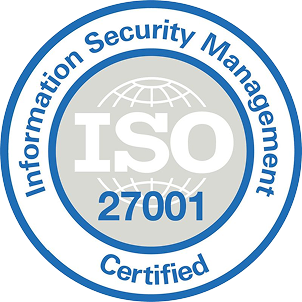The healthcare industry is at the forefront of technological innovation, in which improvements reshape how care is provided, controlled, and optimized. However, regardless of the surge in new technologies, many healthcare providers nonetheless depend on legacy systems in healthcare that have been once pioneering but have become outdated. Those systems, which consist of old health records structures, billing software, and administrative tools, had been developed to meet the needs of a previous generation. But they now face big challenges within the context of modern healthcare's rapidly evolving needs.The reliance on legacy systems poses a paradox: even as they maintain to carry out important features, their boundaries are increasingly apparent. Challenges, which include terrible interoperability, heightened security risk, and the incapability to combine with modern technology, have become important roadblocks. The healthcare providers, regarded for their complexity and stringent regulatory requirements, cannot afford such inefficiencies and vulnerabilities because the call for more efficient, at ease, and better healthcare solutions is growing. This blog explores into why the need to update or replace legacy structures has become more urgent. It also highlights the technical intricacies of legacy healthcare structures, exploring why application modernization is useful and essential for sustaining and advancing the quality of care.
Key Challenges Posed by Legacy Systems
Interoperability Issues:
Legacy systems in healthcare often face challenges with interoperability, which refers to their confined ability to communicate and share data efficaciously with other systems. This lack of seamless interaction in the global healthcare space can cause fragmented person statistics, inaccurate information transmission, and disruptions in care coordination. To meet the demands of modern healthcare, it's essential for various systems—including electronic health records (EHRs), laboratory information structures, and billing systems—to integrate easily. This integration is essential for ensuring that information flows appropriately and right away, supporting better patient effects and more efficient operations.
Inadequate Support and Maintenance:
Legacy systems in healthcare are regularly afflicted by a loss of ongoing help from their manufacturers, forcing businesses to rely upon in-house teams or third-party vendors who possess niche knowledge. This absence of professional assistance can scale up maintenance costs, resulting in more common machine outages, and complicate the decision of technical troubles. Furthermore, finding expert professionals in previous technology is increasingly hard and typically incurs higher costs, in addition burdening the employer.
Inefficiencies and Workflow Disruptions:
Inefficiencies and workflow disruptions are commonplace issues with legacy systems in healthcare. Outdated systems frequently require guided techniques, which sluggish operations that increase the probability of errors. Healthcare providers might need to go into data more than once across systems because of a lack of integration, wasting precious time that could be used to improve the delivery of care. Moreover, the consumer interfaces of legacy systems are normally now not intuitive, leading to longer training intervals and greater common user mistakes. Such inefficiencies can motive delays in care delivery, reduce overall productiveness, and contribute to less streamlined and more cumbersome healthcare surroundings.
Reasons to Update Legacy Systems in Healthcare
Improving Data Security:
Upgrading legacy systems with app modernization to advanced models and secure platforms is vital for protecting patient records against cyber threats. Present-day systems are coupled with advanced security technologies, encryption, multi-factor authentication, and recurring safety patches, which together add strong data security to the healthcare ecosystem. These progressed protection protocols additionally are useful resources for healthcare companies in adhering to regulatory requirements like the Health Insurance Portability and Accountability Act (HIPAA) and the General Data Protection (GDPR), ensuring compliance with data protection standards and minimizing the risk of breaches.
Enhancing Interoperability and Integration:
Advanced healthcare systems are developed to prioritize interoperability, allowing smooth data exchange throughout digital platforms. While legacy systems in healthcare are updated, providers can connect effectively with modern electronic health records (EHRs), health information exchanges (HIEs), and other digital solutions. This integration ensures that patient records are complete, improves care coordination, and supports extra informed clinical decisions in the long run, which is essential to progressed performance in patient care.
Supporting Advanced Analytics and Reporting:
Modernizing legacy systems in healthcare is vital for leveraging advanced analytics and reporting competencies. Not like older systems, which often lack the capability to efficiently manage large volumes of data, advanced systems can examine complicated datasets in real-time. This functionality lets healthcare providers benefit from valuable insights into patient outcomes, operational efficiencies, and care delivery performance. Advanced analytics also support predictive modeling, helping clinicians assume patient needs and optimize remedy plans. Moreover, reporting tools allow extra correct tracking of key performance signs, regulatory compliance, and metrics, in the long run driving better decision-making and improved patient care.ConclusionLegacy systems in healthcare now present tremendous challenging situations to healthcare providers. From interoperability and information safety to overhead expenses and regulatory compliance, the drawbacks of outdated technology are significant. Updating those systems with app modernization offers numerous benefits, including improved efficiency, protection, and compliance with modern-day requirements. As healthcare evolves and care delivery improves, adopting the latest technologies is critical for optimizing operations and staying aggressive in an ever-evolving global healthcare space.
.avif)



.webp)






.jpg)









